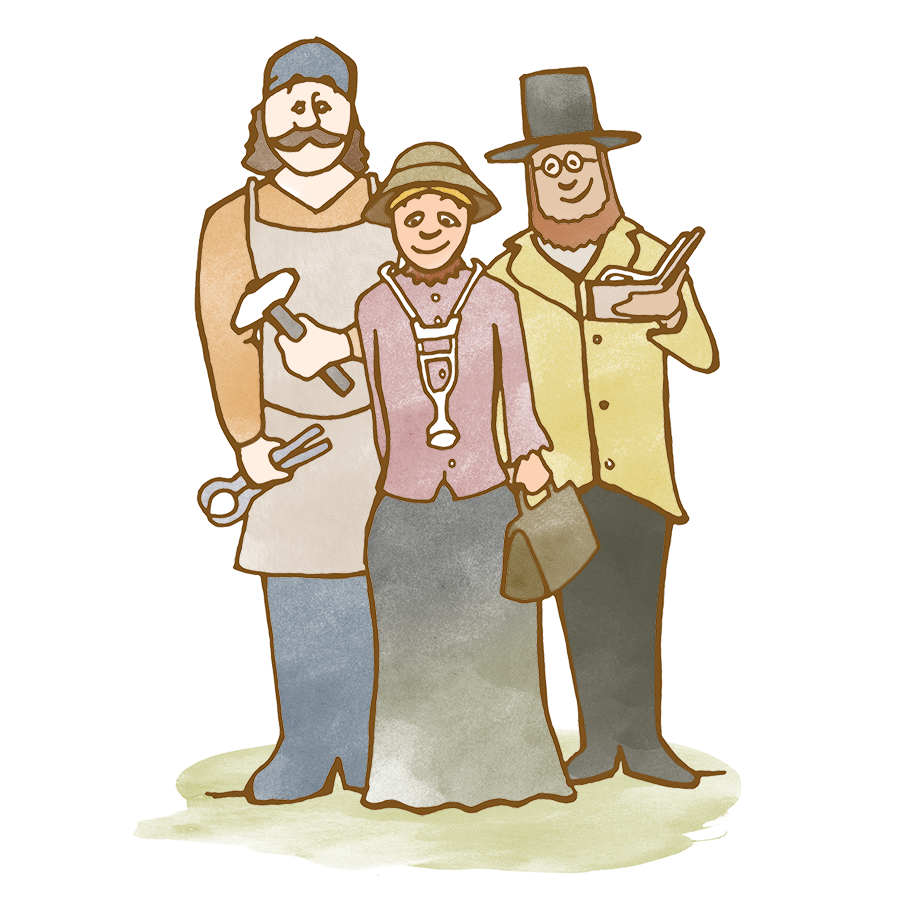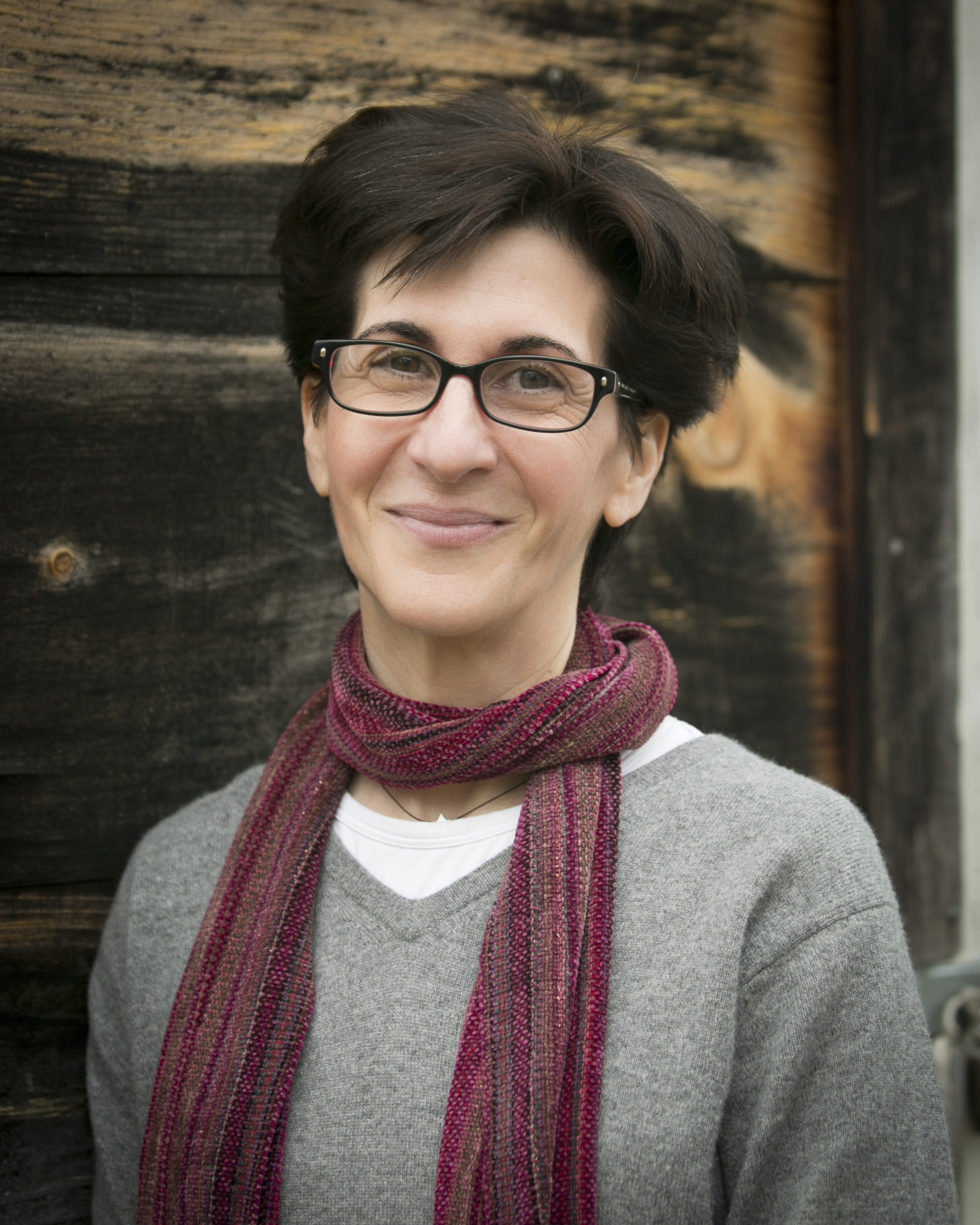Exploring the Dry Gables Series – “Seamus O’Conner: Dry Gables School Teacher”
The stories from the two Dry Gables Series include an accompanying post from the Sparkle Schoolhouse Educator, Meredith Markow. Each post offers insights into the characters and dynamics of the stories, along with suggestions for how to use the stories as parenting or teaching tools!
Greetings, Sparkle Grown Ups! Today we go deep sea diving into the realms of beauty, depth, longing, intuition, creativity and imagination. And it is here that we will meet Ernst Bernard’s beloved teacher,
Seamus is not a member the Herz family, but he did marry into it, and that is where he best belongs. Problem for dear Seamus is that he’s not quite sure where he belongs. And even though he found his way to Dry Gables, he did so as an Irishman, not a German. And it is this feeling of always being ‘different’, special or unique that is most characteristic of your child when he/she is being a Seamus. It should be no surprise then that like the other members of the Herz family that Seamus feels Shame when he either feels excluded due to his uniqueness or alternatively, when he feels diminished rather than acknowledged for being special. There is, indeed, a little Seamus in all of us, and a little Shame in all of Us!
Remember, a member of the Herz community wants to maintain their image that they are good, worthy and significant, and they are asking to be seen as they want to be seen. The driving emotion that often underlies their motivations or that they are defending against feeling is Shame.
Our Seamus’s are sensitive, intuitive, self aware, expressive, and very IMAGINATIVE. They need to express their feelings, but they often do it through creative and artistic means, as they have to protect those feelings that they do not want to expose. They can dwell in fantasies and become self-absorbed, and because they feel different, they may compensate for this by being ‘special’ and imagining fantastic scenarios where they are the hero or heroine. We saw how Seamus imagined his proposal to Liesl, and how he imagined himself in fairy tales and also being a world class fresco artist. Reality can be painful or mundane for our Seamus’s. Our Seamus’s feel things so strongly; they can be moody, or they can have their feelings easily hurt, and they can be very dramatic, if they see themselves as misunderstood.
When your child is being a Seamus, you might notice that they:
-Are very emotionally sensitive
-Want to be seen as special
-Have, or want to have a closet full of dress-up clothes
-Soul-search or engage in fantasy play
-Have a sense of the dramatic, both comic and tragic
-Enjoy the arts and/or collect beautiful treasures
-Look at things in a special, creative way
-Seem depressed or melancholy at times
-Find everyday life tedious and boring
-Can be friendly and warm or shy and lonely
-Wonder if they belong
-Want what they don’t have
-Can feel shame when others are angry with them
-Ask very big life questions
Here is an example of something written by a Seamus: (and as you are reading, ask yourself how old you think the author is):
*I lie down on the sand and gaze upward at the stars. I let my mind wander. I think about hurricanes; so powerful, so dangerous, so big, so terrifying. But at the same time, so beautiful, so strong and mighty. They reveal the vulnerable parts of us that we normally wouldn’t let people see. We are scared of being faced with forces stronger than what we can go against, forces that are much too strong to be contained. They reveal the delicate parts of us that aren’t all that pretty, but at the same time hurricanes bring humanity together. Though they break up our communities, and destroy our houses; they also bring our community together and force us to rely on each other to survive. I lie there and stare at the stars; I imagine each little star as one of us, and that makes me realize just how small we are by ourselves and how big we are together.
~ from “The Hurricane Sisters” by Lila Taylor*Now, just take a guess…30? 21? 45? 62?
Nope. Try 12! Written by one of my wonderful students being a Seamus when she was in 5th grade! So much depth and longing and searching! How’s that for special?
But why?
But why all of the searching? The primary worry for our Seamus’s is that they lack significance, and so they mark their individuality, and bring beauty and meaning to themselves and to others. They want to be recognized as having something of significance to give to others, and they long to know that they are connected to something higher and to humanity. And like other members of the Herz Family, what they really want is to be valued and seen for who they are authentically.
What your Seamus most wants to hear from you is:
YOU ARE SEEN FOR WHO YOU REALLY ARE,AND YOU ARE SPECIAL.
When their behaviors, words, actions are challenging, it’s often because they don’t feel that they are.
Here are a few tips when you have a Seamus on your hands:
Be very aware of what you say, and be truthful but sensitive. Your Seamus is very intuitive, and she will pick up on subtleties, especially if you aren’t being honest.
Because they feel their emotions so strongly, they may protect themselves and their feelings. So offer your Seamus reassurances that it is completely safe for them to express their feelings. And never, ever minimize their feelings!
Encourage your Seamus to journal and to express themselves artistically. This will give an outlet for being overwrought by emotion.
We help our Seamus’s when we help them get outside of themselves. Show your Seamus that others may struggle, too. This gives them a feeling of connection with others without discounting their feelings.
Encourage and celebrate their uniqueness and individuality!
The gift that our Seamus’s give to the world is:
DEPTH AND BEAUTY!
They remind us that we are all special,and that our lives have purpose and meaning.
They remind us of “just how small we are by ourselves, and how big we are together!”
About the authors
-

Meredith Markow
Sparkle Schoolhouse Head of SchoolMeredith has been working with adults and children of all ages for the past 25 years as a Waldorf Teacher and Educational Consultant. She received a B.A. with a focus on child development and child psychology from the University of Michigan, in 1984, an M.A. Ed from Washington University in 1987, and her Waldorf Teaching Certificate from the Lehrerausbildung (Teacher Training) in Nurnberg, Germany in 1989. She was certified as a Living Inquiries Facilitator in 2014, and she completed her formal teaching certification with The Enneagram Institute in 2014. Her work in the classroom and with individuals and groups is designed to help people of all ages to drop self-limiting beliefs to live a more joyful and compassionate life.



